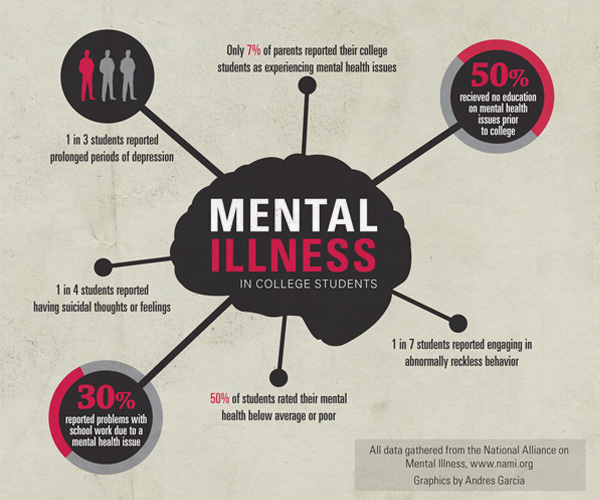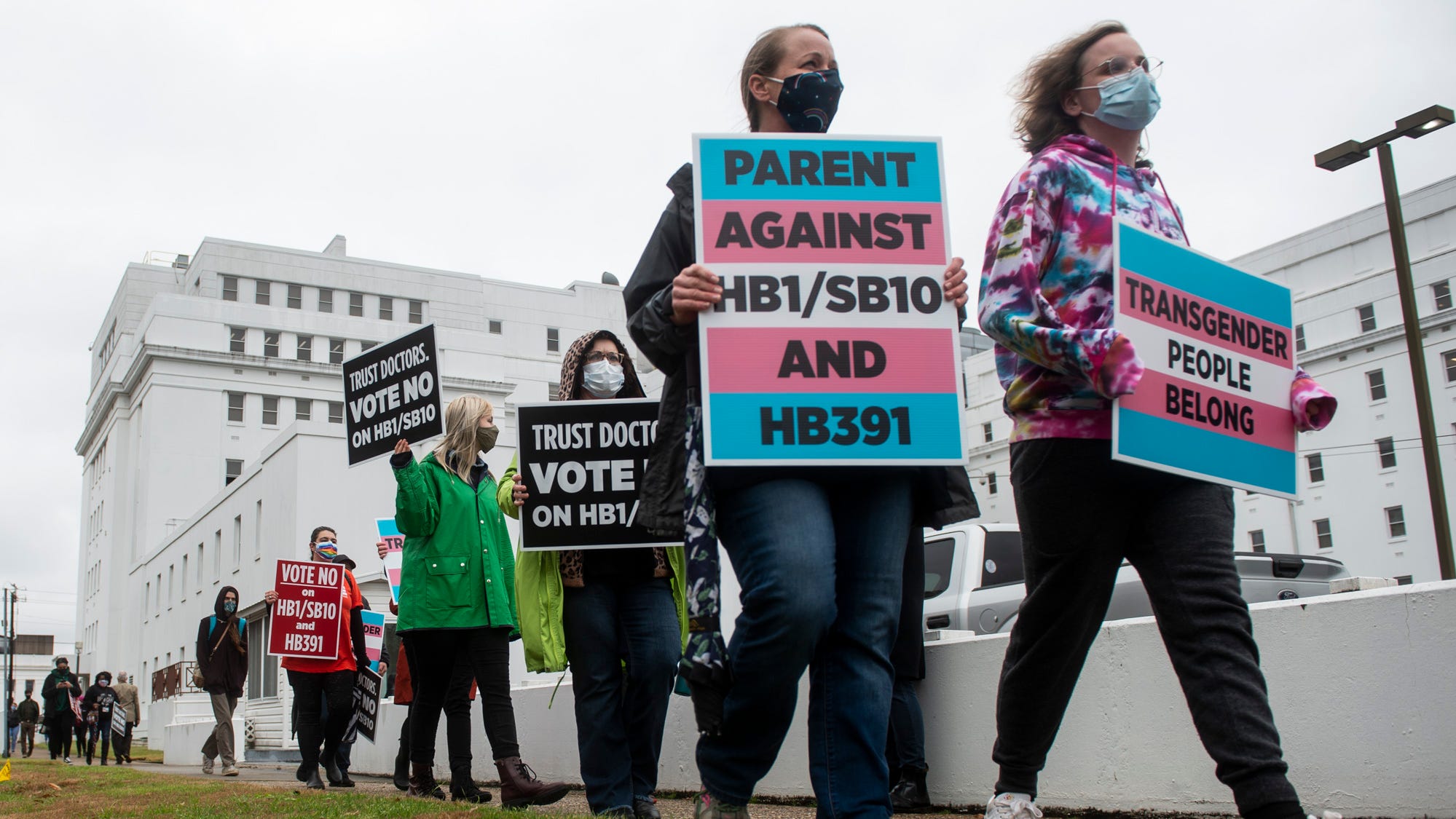Reframing The Narrative: Mental Illness And Violent Crime

Table of Contents
The Statistical Reality: Mental Illness and Violence Rates
The correlation between mental illness and violence is far weaker than commonly perceived. While studies might show a higher prevalence of mental illness among individuals convicted of violent crimes, this does not equate to causation. Understanding the difference between correlation and causation is crucial when analyzing mental health statistics and violence statistics. Many factors contribute to violent behavior, and mental illness is only one piece of a complex puzzle.
- Prevalence of mental illness: The World Health Organization estimates that one in four people will experience a mental health condition at some point in their lives. This vast number highlights that the majority of individuals with mental illness are not involved in violent crime.
- Mental illness in violent crime convicts: While some studies may show a higher rate of mental illness among incarcerated individuals who committed violent crimes, it's vital to consider the influence of other factors and the limitations of such studies. These individuals often face systemic disadvantages and lack access to adequate mental healthcare.
- The vast majority are not violent: It's crucial to emphasize that the overwhelming majority of individuals with mental illnesses are not violent and pose no threat to society. Focusing solely on the exceptions reinforces harmful stereotypes and ignores the far larger group who live peaceful, productive lives.
Understanding the Complex Relationship: Underlying Factors
Attributing violent crime solely to mental illness ignores a multitude of other significant factors. The relationship is complex and influenced heavily by social determinants of health. These factors often play a much larger role than the presence of a mental health condition.
- Poverty and lack of opportunity: Socioeconomic disparities, including poverty, unemployment, and lack of educational opportunities, contribute significantly to increased crime rates, regardless of mental health status.
- Substance abuse and addiction: Substance abuse, often co-occurring with mental illness, significantly increases the risk of violent behavior. Addressing substance abuse is vital in reducing violence.
- Childhood trauma and abuse: Experiences of trauma and abuse during childhood can have profound and lasting effects, increasing the risk of both mental illness and violent behavior in adulthood.
- Lack of access to adequate mental healthcare: Limited access to affordable and quality mental healthcare prevents early intervention and treatment, potentially leading to worsening symptoms and increased risk of violent behavior in some individuals.
- Systemic discrimination and marginalization: Marginalized communities frequently face systemic barriers to healthcare, employment, and housing, creating environments where violence is more likely to occur.
The Media's Role: Shaping Public Perception of Mental Illness and Violent Crime
Media representations significantly shape public perception of mental illness and violent crime. Sensationalized reporting, focusing on rare instances of violence committed by individuals with mental illnesses, reinforces harmful stereotypes and fuels stigma.
- Biased or inaccurate reporting: Many news stories disproportionately focus on cases linking mental illness to violence, creating a skewed perception of the reality.
- Impact of sensationalized news: Sensationalized reporting often omits crucial context and nuances, fostering fear and misunderstanding.
- Responsible reporting crucial: Responsible and accurate reporting is essential to combat stigma and promote a more nuanced understanding of the complex relationship between mental illness and violent crime. The media has a responsibility to portray this issue accurately and ethically.
Improving Outcomes: Prevention and Intervention Strategies
Preventing violence and supporting individuals with mental illness requires a multifaceted approach that addresses both individual needs and societal issues.
- Investing in mental healthcare: Accessible and affordable mental healthcare is paramount. Early intervention and ongoing treatment can significantly reduce the risk of violent behavior in individuals with mental health conditions.
- Early intervention programs: Programs targeting at-risk individuals, providing early support and intervention, are crucial in preventing escalation to violence.
- Effective crisis intervention: Well-trained professionals and readily available crisis intervention services are essential to de-escalate situations and prevent violence.
- Strengthening community support: Strong community support systems, including peer support groups and community-based mental health services, can provide crucial support and reduce isolation.
- Promoting mental health awareness: Reducing the stigma surrounding mental illness is crucial in encouraging individuals to seek help and promoting a culture of understanding and support.
Conclusion: Reframing the Narrative on Mental Illness and Violent Crime
The connection between mental illness and violent crime is far more complex than often portrayed. Mental illness is not a primary cause of violent crime; rather, it's one factor among many, often overshadowed by socioeconomic factors, trauma, and lack of access to care. Addressing the underlying social and economic issues, promoting accessible mental healthcare, and challenging the pervasive stigma are crucial steps in preventing violence and supporting individuals with mental health conditions. Understanding mental illness and violent crime requires us to move beyond simplistic narratives and embrace a more nuanced and compassionate perspective. Let's work together to combat the stigma of mental illness and violence by supporting initiatives that promote mental health awareness and access to care.

Featured Posts
-
 Epstein Files Pam Bondi Confirms Pending Release
May 10, 2025
Epstein Files Pam Bondi Confirms Pending Release
May 10, 2025 -
 Analysis Trumps Proposed Changes To Migrant Detention Appeals
May 10, 2025
Analysis Trumps Proposed Changes To Migrant Detention Appeals
May 10, 2025 -
 The End Of An Era Mourning The Loss Of Americas First Nonbinary Person
May 10, 2025
The End Of An Era Mourning The Loss Of Americas First Nonbinary Person
May 10, 2025 -
 Transgender Girls Banned From Ihsaa Sports Following Trumps Order
May 10, 2025
Transgender Girls Banned From Ihsaa Sports Following Trumps Order
May 10, 2025 -
 Nigeria Pakistan Face Uk Visa Application Changes
May 10, 2025
Nigeria Pakistan Face Uk Visa Application Changes
May 10, 2025
